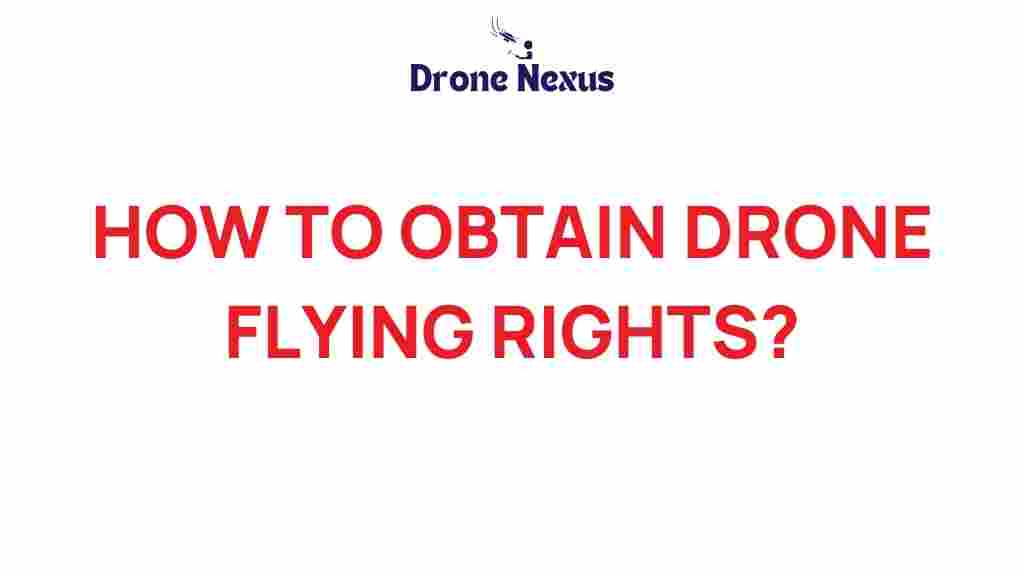Drone Flying Rights: Understanding the Basics
In recent years, the popularity of drones has surged, opening up a world of possibilities for both recreational and commercial use. However, with this newfound freedom comes the responsibility of understanding drone flying rights. This guide will provide you with essential information to navigate the legal landscape of drone flying, ensuring that you can enjoy your flights without any legal hiccups.
What Are Drone Flying Rights?
Drone flying rights refer to the regulations and permissions needed to operate a drone legally in a specific airspace. These rights can vary significantly depending on your location, purpose of flight, and the type of drone you are using. Understanding these rights is crucial for both hobbyists and commercial operators.
The Importance of Knowing Your Rights
Failing to understand drone flying rights can lead to serious consequences, including fines and confiscation of your equipment. Additionally, unauthorized flights can pose safety risks to other aircraft and individuals on the ground. Therefore, being well-informed is essential for responsible drone operation.
Step-by-Step Process to Obtain Drone Flying Rights
Acquiring the necessary drone flying rights involves several steps. Below is a comprehensive guide to help you navigate the process effectively:
1. Research Local Regulations
Before you even think about flying your drone, it’s crucial to research the regulations in your area. Here are some resources to consider:
- Visit your country’s aviation authority website (e.g., the FAA in the United States).
- Check local laws and ordinances regarding drone usage.
- Join local drone clubs or forums to stay updated on community regulations.
2. Understand the Types of Drone Operations
There are primarily two types of operations that dictate the regulations you need to follow:
- Recreational Use: If you’re flying for fun, you may have fewer restrictions, but you still need to adhere to safety guidelines.
- Commercial Use: If you plan to use your drone for business purposes, stricter regulations apply, and you’ll likely need a special license.
3. Obtain Necessary Certifications
For commercial users, obtaining the necessary certifications is a critical step. Here are the common certifications required:
- Remote Pilot Certificate: In the U.S., this requires passing the FAA’s aeronautical knowledge test.
- Part 107 Certification: This certification is aimed at commercial drone operators to ensure they understand the rules of the sky.
4. File for Airspace Authorization
Depending on where you intend to fly, you may need to obtain airspace authorization. This is especially important if you plan to fly in controlled airspace, near airports, or in other restricted zones. Here’s how:
- Utilize the FAA’s Low Altitude Authorization and Notification Capability (LAANC) for real-time approval.
- Submit a waiver if you plan to fly outside the standard operational limits.
5. Register Your Drone
In many countries, including the U.S., drone registration is mandatory for drones weighing over a certain limit (typically 0.55 pounds). Registration is a straightforward process:
- Visit the appropriate government website.
- Fill out the necessary forms and pay the registration fee.
- Receive your unique registration number and attach it to your drone.
Troubleshooting Common Issues with Drone Flying Rights
Even after obtaining your drone flying rights, you may encounter some challenges. Here are troubleshooting tips for common issues:
Issue 1: Confusion Over Local Laws
If you find conflicting information regarding local drone regulations, consider:
- Contacting local authorities for clarification.
- Consulting with experienced drone pilots in your area.
Issue 2: Denied Airspace Authorization
If your request for airspace authorization is denied, here’s what you can do:
- Review the reasons for denial; they will often be provided in the notification.
- Consider alternative flight locations that don’t require special permissions.
Issue 3: Registration Problems
Should you experience issues with drone registration:
- Ensure all information submitted is accurate and complete.
- Contact the registration authority for assistance.
Conclusion: Fly Responsibly and Legally
Understanding and obtaining your drone flying rights is vital for any drone enthusiast. By following this guide, you can ensure that you comply with all regulations and enjoy your flying experience without legal complications. Always keep updated on new laws and changes in the regulations, as the drone landscape is continually evolving.
For more information on drone regulations, check out the FAA’s official website. And for community support and resources, consider visiting Drone Pilot Forums where you can connect with other drone operators.
This article is in the category Safety and created by DroneNexus Team
